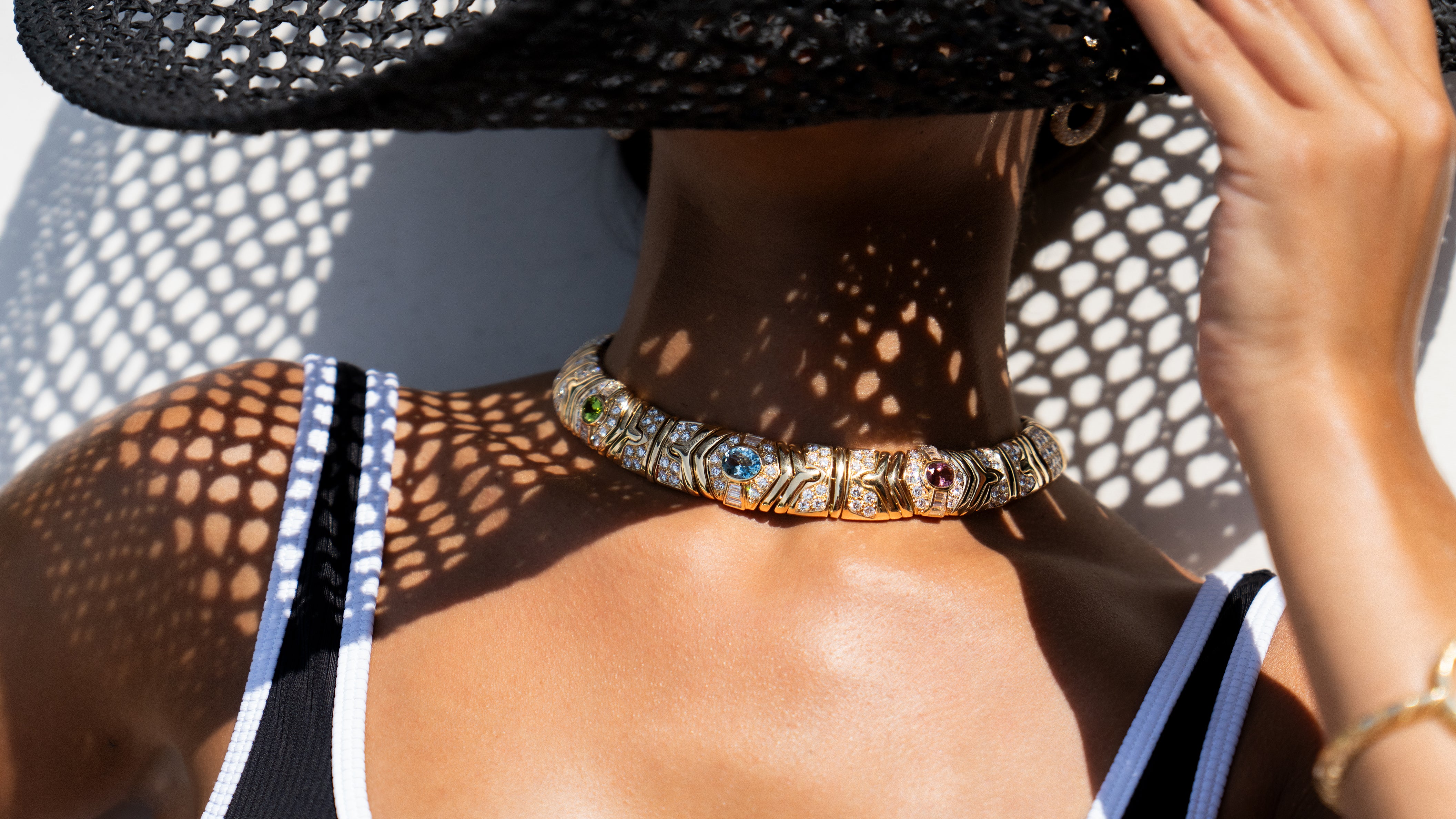Metal Care

When it comes to caring for the metal in your jewelry, it's important to remember that each kind is different. While little maintenance is needed for durable metals such as tungsten, other metals require some attention.
Platinum
Although it is prized for its strength and durability, platinum will scratch and knick over time and lose its shiny appearance, becoming gray with patina.
If it incurs heavy wear and tear, such as a wedding set, platinum can be buffed or polished by a jewelry professional. Just to note, buffing does not remove any of the surface metal. Platinum does not wear away like other metals and will not become thin over time.
If it incurs heavy wear and tear, such as a wedding set, platinum can be buffed or polished by a jewelry professional. Just to note, buffing does not remove any of the surface metal. Platinum does not wear away like other metals and will not become thin over time.
Basic care for platinum is wiping with a jewelry cloth to maintain its shiny appearance. Dirt and residue can be removed with warm soapy water and a soft bristled toothbrush.
Gold
Gold is a soft metal that can scratch easily. The higher the karat of gold, the softer and more yellow the material is. Gold is also susceptible to harsh chemicals, especially chlorine and saltwater, so be sure to remove jewelry when swimming or cleaning.
You can clean your gold jewelry by soaking in a solution of mild dish soap and warm water. Use a soft bristle toothbrush to gently clean. Be sure to rinse completely and let air dry before putting your jewelry back on.
Note that professional polishing can thin your gold jewelry and should be done sparingly.
Gold also naturally develops patina when left out in open air and will become a dark orange color over time. This patina is common in estate jewelry and can be removed with polishing if desired.
White Gold
White gold is cared for in almost the same way as yellow gold. The coloring of white gold is due to its alloying with light colored metals. Gold is naturally yellow and white gold jewelry can yellow over time, especially with frequent wear. Regular rhodium plating by a jewelry professional is required to keep white gold jewelry’s color.
Silver
Silver is prone to oxidation which causes a dark tarnish that can easily be wiped away with a soft jewelry cloth. To help prevent tarnishing, store silver jewelry in plastic baggies out of direct sunlight and heat.
To clean silver, use a solution of mild dish soap and warm water with a soft bristled toothbrush. Gently dry and wipe away tarnish with a soft cloth.
Sterling silver is made for everyday wear but is still susceptible to knicks and dents over time, but those can be polished away. Note that professional polishing will thin your silver jewelry and should be done sparingly.

